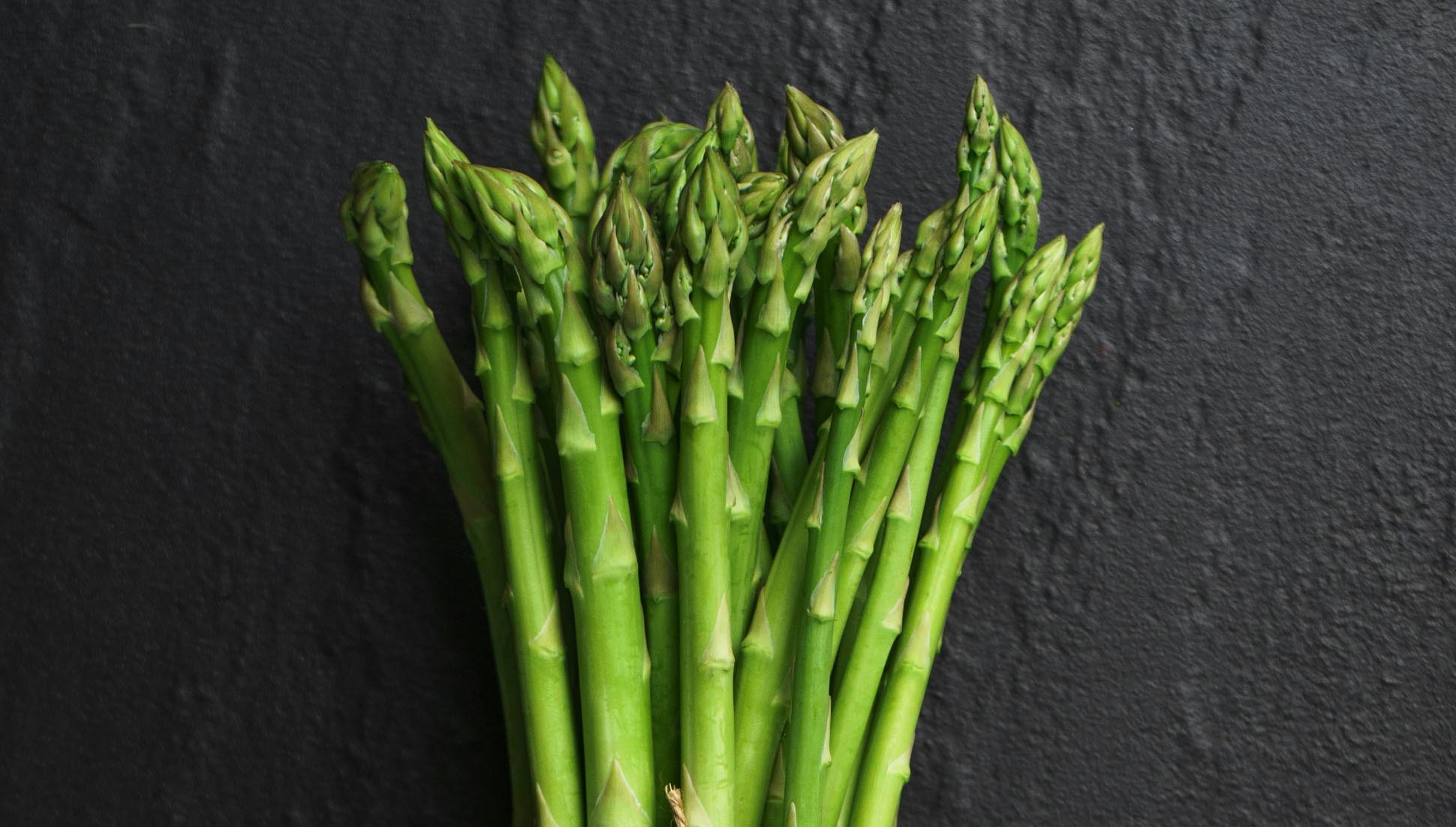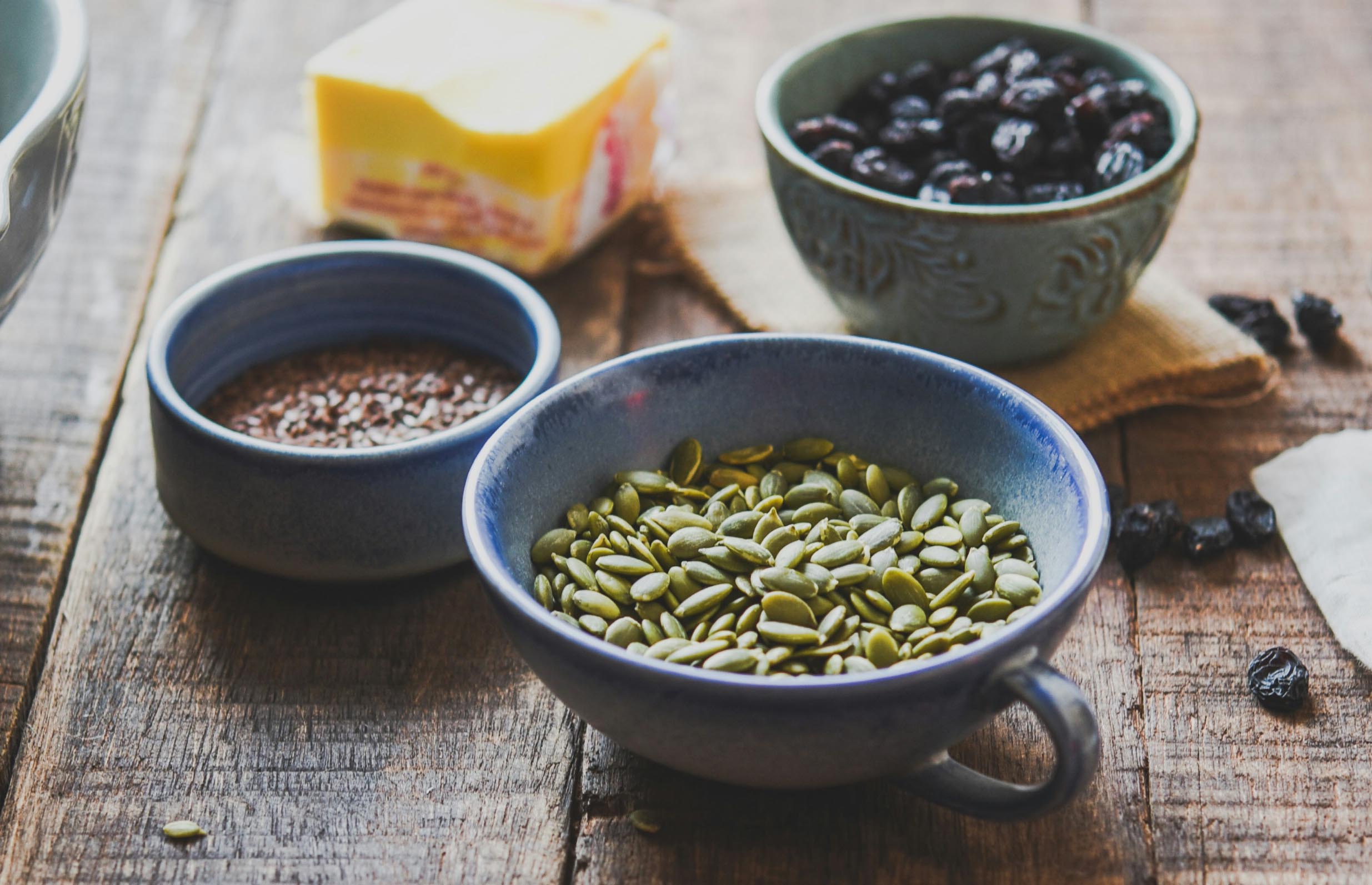The 20 Best Prebiotic Foods You Should Eat

In the quest for optimal health, prebiotics have emerged as a crucial component of a balanced diet. Prebiotics are non-digestible fibres that promote the growth of beneficial bacteria in the gut, playing a significant role in maintaining digestive health, enhancing the immune system, and even improving mood and mental health. Including prebiotic-rich foods in your diet is a natural and effective way to support your gut microbiome. Here are the 20 best prebiotic foods you should eat:
2. Jerusalem Artichokes: Also known as sunchokes, these tubers are high in inulin and can be roasted, sautéed or eaten raw. They have a nutty flavour and add a delicious crunch to dishes.
3. Garlic: A common kitchen staple, garlic not only adds flavour to your meals but also contains fructooligosaccharides (FOS), which feed beneficial gut bacteria.
4. Onions: Onions are another versatile ingredient rich in FOS and inulin. They can be enjoyed raw in salads or cooked in various dishes, contributing to gut health.
5. Leeks: Similar to onions and garlic, leeks are high in inulin and FOS. They can be used in soups, stews, and salads, providing a mild onion-like flavour.
7. Bananas: Bananas, especially when slightly green, are a great source of resistant starch, which acts as a prebiotic. They are perfect for a quick snack or added to smoothies and cereals.
8. Barley: This whole grain is high in beta-glucan, a type of prebiotic fibre. Barley can be used in soups, stews, or as a rice substitute in various recipes.
9. Oats: Oats contain beta-glucan and resistant starch. Starting your day with a bowl of oatmeal is an excellent way to include prebiotics in your diet.
10. Apples: Apples, particularly the skin, are rich in pectin, a prebiotic fibre. Enjoy them as a snack or add them to salads and desserts.

12. Dandelion Greens: These bitter greens are rich in inulin and can be added to salads or smoothies. They also provide a host of other nutrients, making them a superfood.
13. Seaweed: Seaweed contains unique fibres that act as prebiotics. It can be enjoyed in sushi, salads or as a snack.
14. Flaxseeds: Flaxseeds are high in both soluble and insoluble fibre, promoting healthy gut bacteria. Add them to smoothies, oatmeal or baked goods.
15. Chia Seeds: Like flaxseeds, chia seeds are rich in fibre and can be used in puddings, smoothies and baked goods for a prebiotic boost.
17. Beetroot: Beetroot is high in fibre and can support gut health. It can be roasted, juiced, or added to salads and smoothies.
18. Rye: Rye is another whole grain rich in prebiotic fibre. It can be used in bread, crackers or as a cereal grain.
19. Legumes: Beans, lentils and chickpeas are excellent sources of prebiotic fibre. They can be used in soups, salads and main dishes to boost your fibre intake.
20. Cocoa: Dark chocolate, made from cocoa, contains polyphenols that act as prebiotics. Enjoy it as a treat while also benefiting your gut health.










